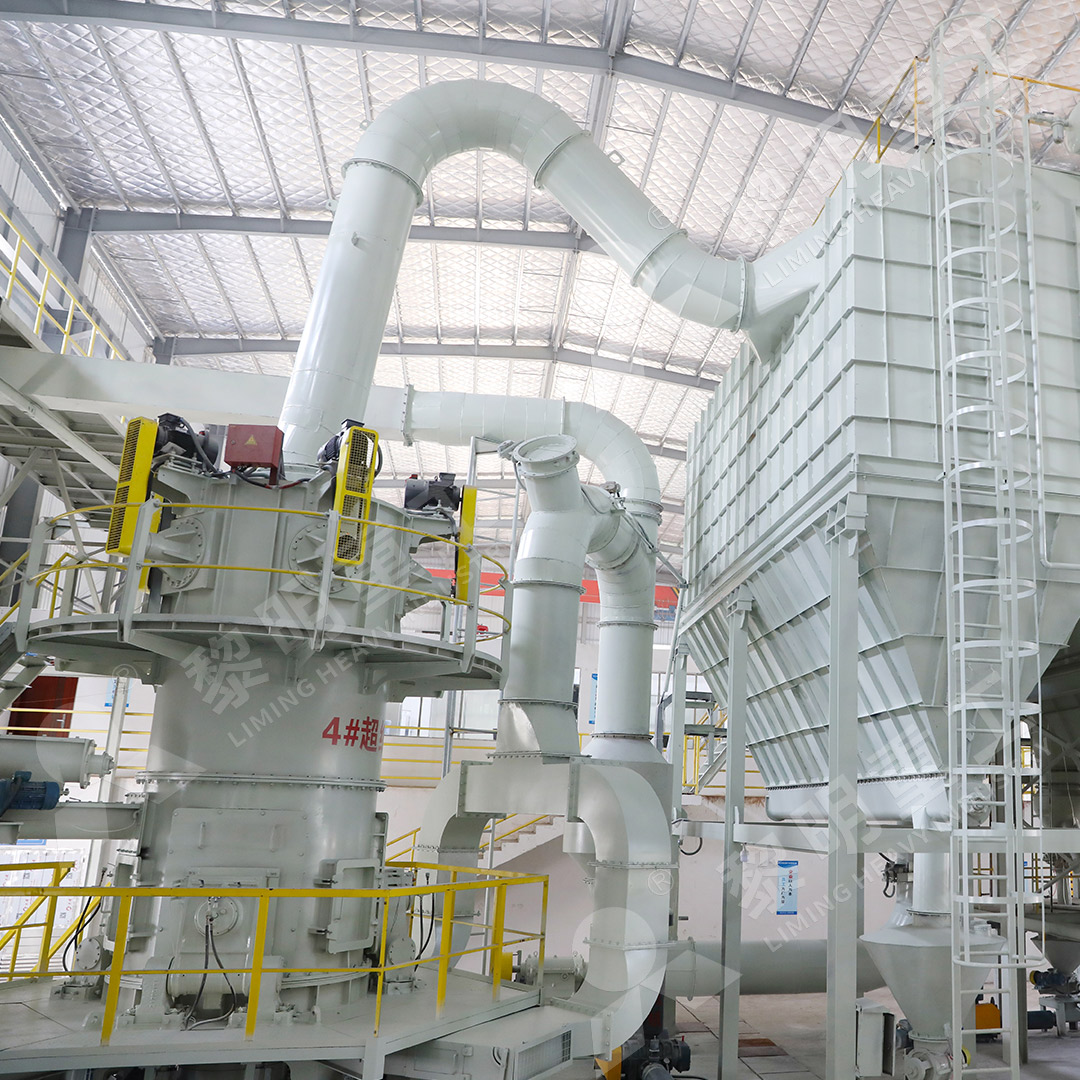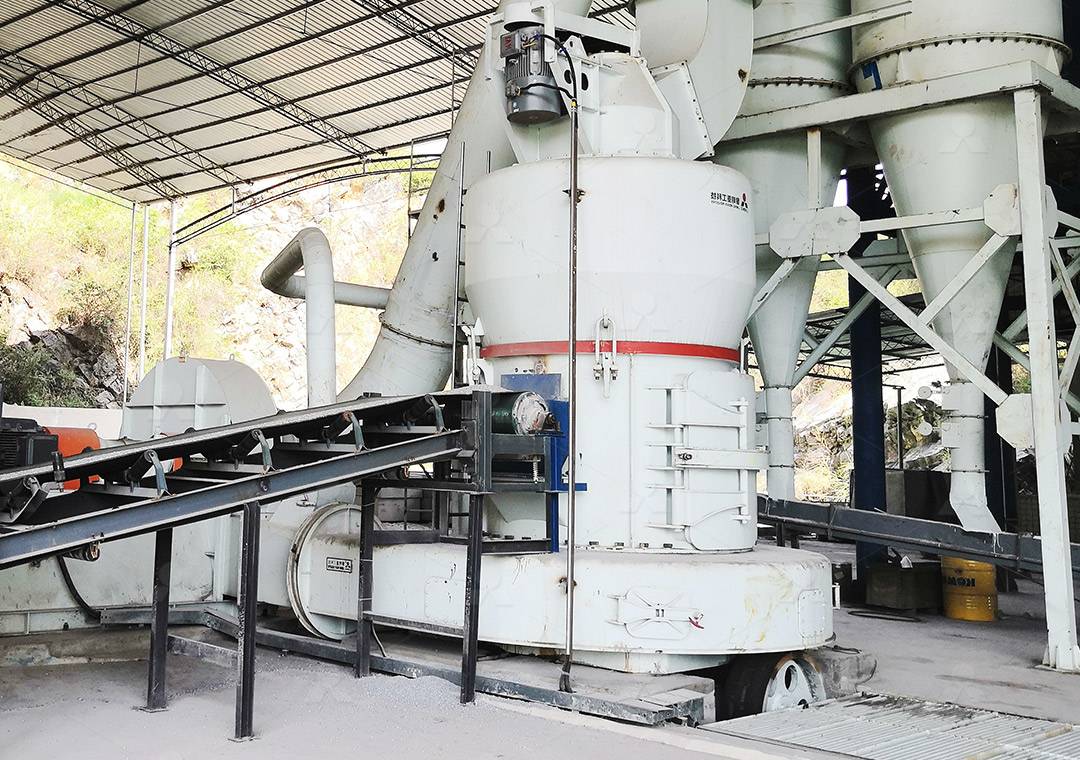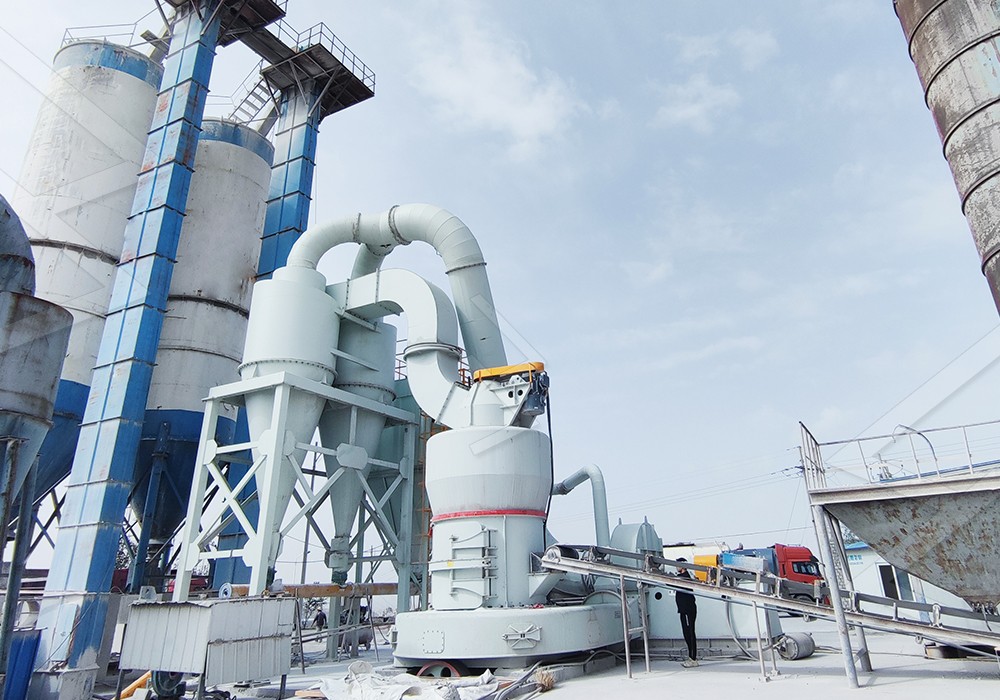Optimized Grinding Rolls for Vertical Roller Mills in Cement Manufacturing
We provide a wide range of mills — including Raymond mill, trapezoidal mill, vertical mill, ultrafine mill, and ball mill, obtained ISO9001 international quality certification, EU CE certification, and Customs Union CU-TR certification. Suitable for processing minerals such as limestone, phosphate, quicklime, kaolin, talc, barite, bentonite, calcium carbonate, dolomite, coal, gypsum, clay, carbon black, slag, cement raw materials, cement clinker, and more.
The discharge range of these mills can be adjusted to meet specific processing needs, typically from 80-400 mesh, 600-3250 mesh, and can achieve the finest particle size of up to 6000 mesh(D50).
If you are looking for a reliable grinding solution to turn stone or minerals into fine powder, please feel free to contact our online customer service.
Optimized Grinding Rolls for Vertical Roller Mills in Cement Manufacturing
In the demanding world of cement production, the heart of the grinding process lies within the Vertical Roller Mill (VRM). The efficiency, longevity, and overall performance of a VRM are critically dependent on the design and integrity of its grinding rolls. These components bear the brunt of the abrasive forces, constantly working to pulverize clinker, slag, and other raw materials into the fine powder that is essential for cement. Optimizing these rolls is not merely a matter of maintenance; it’s a strategic imperative for reducing downtime, lowering energy consumption, and maximizing output.
The Critical Role of Grinding Rolls
Grinding rolls in a VRM operate under extreme conditions of pressure, temperature, and abrasion. They are responsible for transmitting the grinding force onto the bed of material on the rotating table. Their profile, material composition, and the technology behind their operation directly influence the mill’s grinding efficiency, power draw, and the quality of the final product. Wear is an inevitable challenge, but its rate can be drastically managed through superior engineering and material science. Innovations in roll design focus on creating a more homogeneous pressure distribution across the material bed, reducing specific energy consumption, and extending the periods between necessary maintenance overhauls.

Introducing Advanced Mill Technology
While the focus is often on the components, the choice of the mill itself sets the foundation for performance. For operations requiring ultra-fine powders with superior efficiency, the MW Ultrafine Grinding Mill presents an exceptional solution. This machine is engineered for customers who need to produce high-quality ultra-fine powder from materials like limestone, calcite, and dolomite. With an input size of 0-20 mm and a capacity range of 0.5-25 tph, it’s remarkably versatile. Its design incorporates several key features that make it stand out:
- Higher Yielding, Lower Energy Consumption: Its newly designed grinding curves of the roller and ring enhance efficiency, offering 40% higher capacity than jet mills and reducing system energy consumption by 30%.
- Adjustable Fineness (325-2500 meshes): A German-technology cage-type powder selector allows for precise control over product fineness.
- Eco-Friendly Operation: An efficient pulse dust collector and muffler ensure the production process meets stringent environmental standards, minimizing dust and noise pollution.
For larger scale cement production lines that demand robustness and high capacity, the LM Vertical Grinding Mill is another premier choice. It integrates crushing, drying, grinding, classifying, and conveying into a single unit, significantly reducing its footprint and comprehensive investment cost. Its design ensures a short grinding time and low iron content in the product, which is crucial for cement quality. Operating under negative pressure, it guarantees a dust-free, environmentally friendly operation.

Conclusion: A Foundation for Efficiency
The pursuit of optimized grinding rolls is a continuous journey in cement manufacturing. It represents a deep understanding that peak mill performance is achieved not just through the components themselves, but through the synergy between the rolls and the advanced mill technology they are part of. Investing in mills designed with these principles in mind, such as the MW Ultrafine Grinding Mill for specialized applications or the LM Vertical Grinding Mill for mainline production, provides a solid foundation for operational excellence, cost reduction, and environmental stewardship. By focusing on these core elements, plants can ensure their grinding operations are not only productive but also sustainable for the long term.

